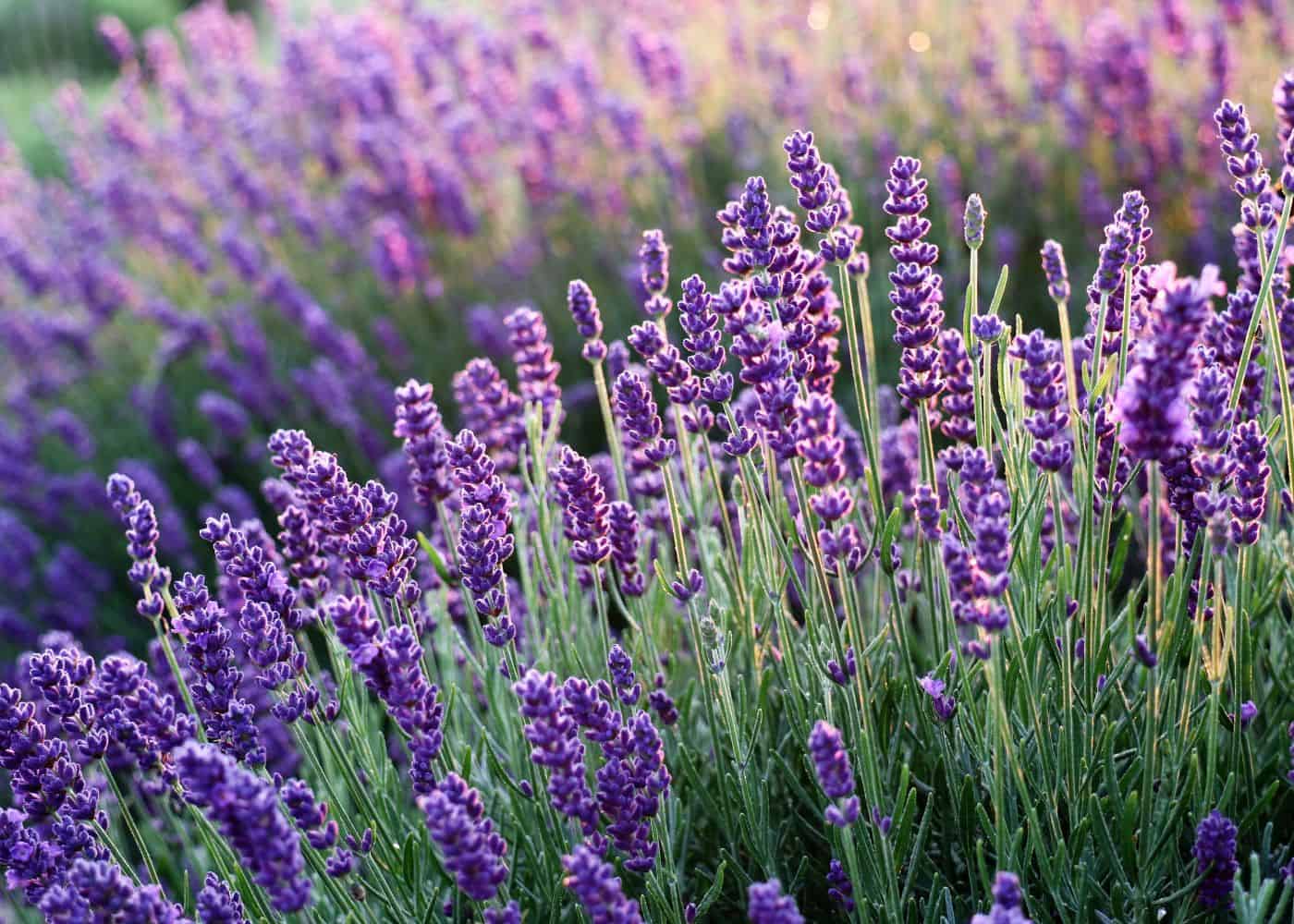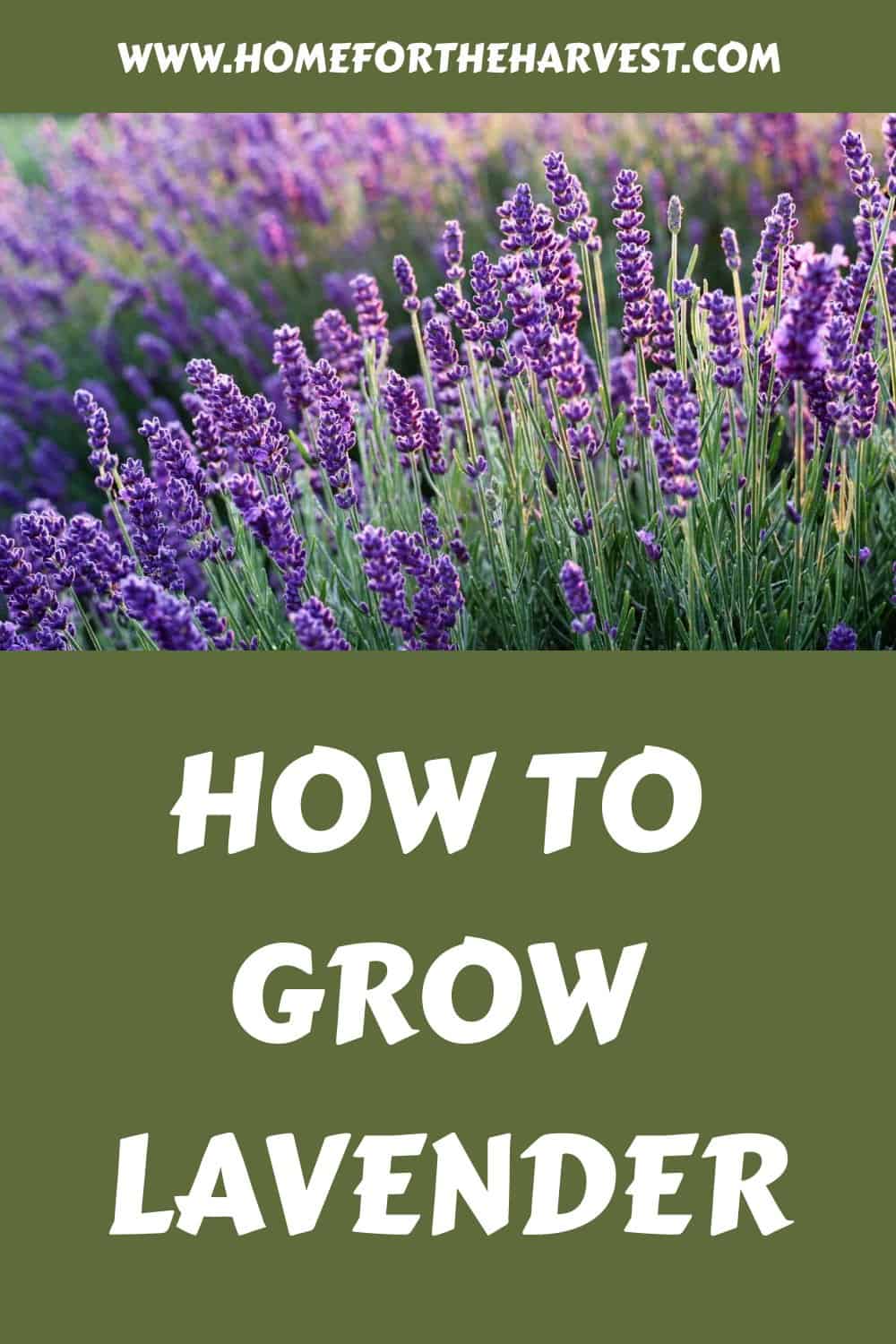Growing lavender successfully starts with warm summer temperatures and relatively dry soil. This Mediterranean native needs very little attention to thrive, tolerating a lack of moisture and poor-quality soils. Once established, occasional trimming and supplemental watering will keep the plant lush and aromatic.
Introduction to lavender plants
Lavender, with its stunning blooms and soothing fragrance, has been a staple in my garden for years. The fragrant spikes of flowers are lovely in the landscape, useful in bouquets and crafts, and can even repel certain pests in the garden.
Lavender, scientifically plants of the Lavandula genus, are related to a number of other popular garden herbs in the Lamiaceae group. This overall family is home to many beloved aromatic herbs, including mint, rosemary, and sage – even commonly referred to as the mint or sage family.
The name comes from the Latin verb lavare or ‘to wash.’ It moved from French lavandre into English in the 13th century as lavender. This origin gives us an idea of what the plant was used for throughout history.
Lavender is native to the Mediterranean. It immediately conjures up images of glowing purple fields in a Spanish or Italian countryside. Given their Mediterranean origin, lavender plants are accustomed to warm, sunny environments with gritty soil. They also come from winter rainfall areas, having an important influence on their care depending on the climate in your region.
The classic silvery foliage and decorative purple blooms add color to your garden and provide a wonderful scent that’s impossible not to enjoy. Every time I pass my lavender bed, I like to crush a couple of leaves to release the calming fragrance. Plus, it sticks around on my fingers for a little while too.
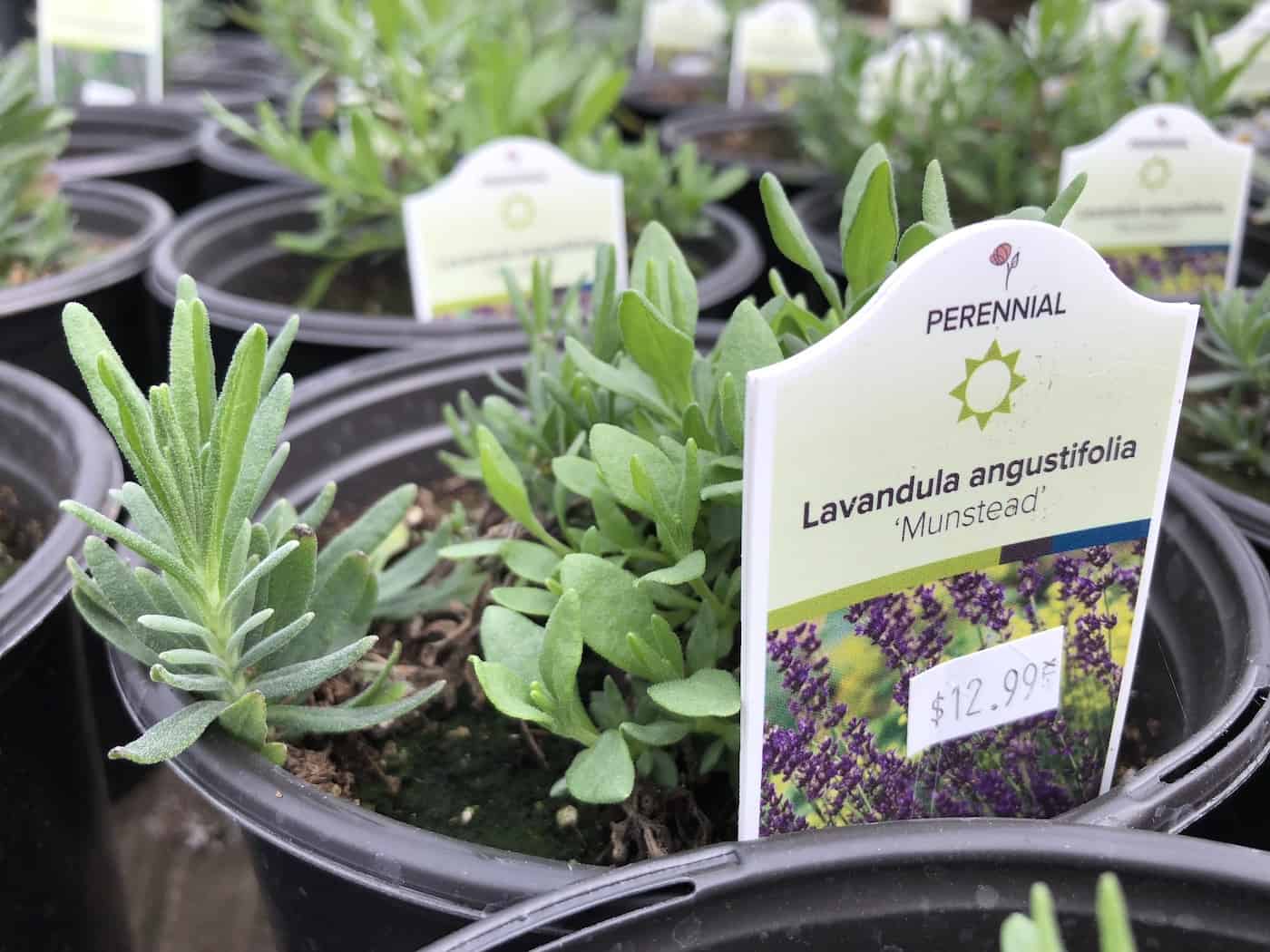
Lavender species
There are over 40 species in the lavender genus Lavandula. Different species of lavender have similar needs but grow better in slightly different environments. They also have different looks and uses, so make sure you choose the one tailored to your desired purpose.
- English lavender (Lavandula angustifolia): Probably the most popular species and the one I keep in my garden, it’s known for its scent and vibrant flowers. While it has a wide range of uses, this is the one to grow for use in the kitchen.
- Spanish lavender (Lavandula stoechas): Has a unique bloom structure with vivid purple colors. Used mainly for ornamental purposes.
- French lavender (Lavandula dentata): A warm climate species with ornamental purple flowers, long bloom time, and unique textured leaves.
- Portugese lavender (Lavandula latifolia): This variety is appreciated for its intense scent, often used to make essential oils. It is also great for attracting pollinators to your garden.
Popular lavender cultivars
Here are some of the most popular varieties of lavender to grow:
- Lavandula angustifolia ‘Munstead’
- Lavandula angustifolia ‘Hidcote’
- Lavandula angustifolia ‘Grosso’
- Lavandula angustifolia ‘Superblue’
- Lavandula x intermedia ‘Provence’
- Lavandula x intermedia ‘Gros Bleu’
These cultivars offer a range of colors (purple or white), fragrances, and growth habits, allowing you to choose the perfect lavender variety for your garden.
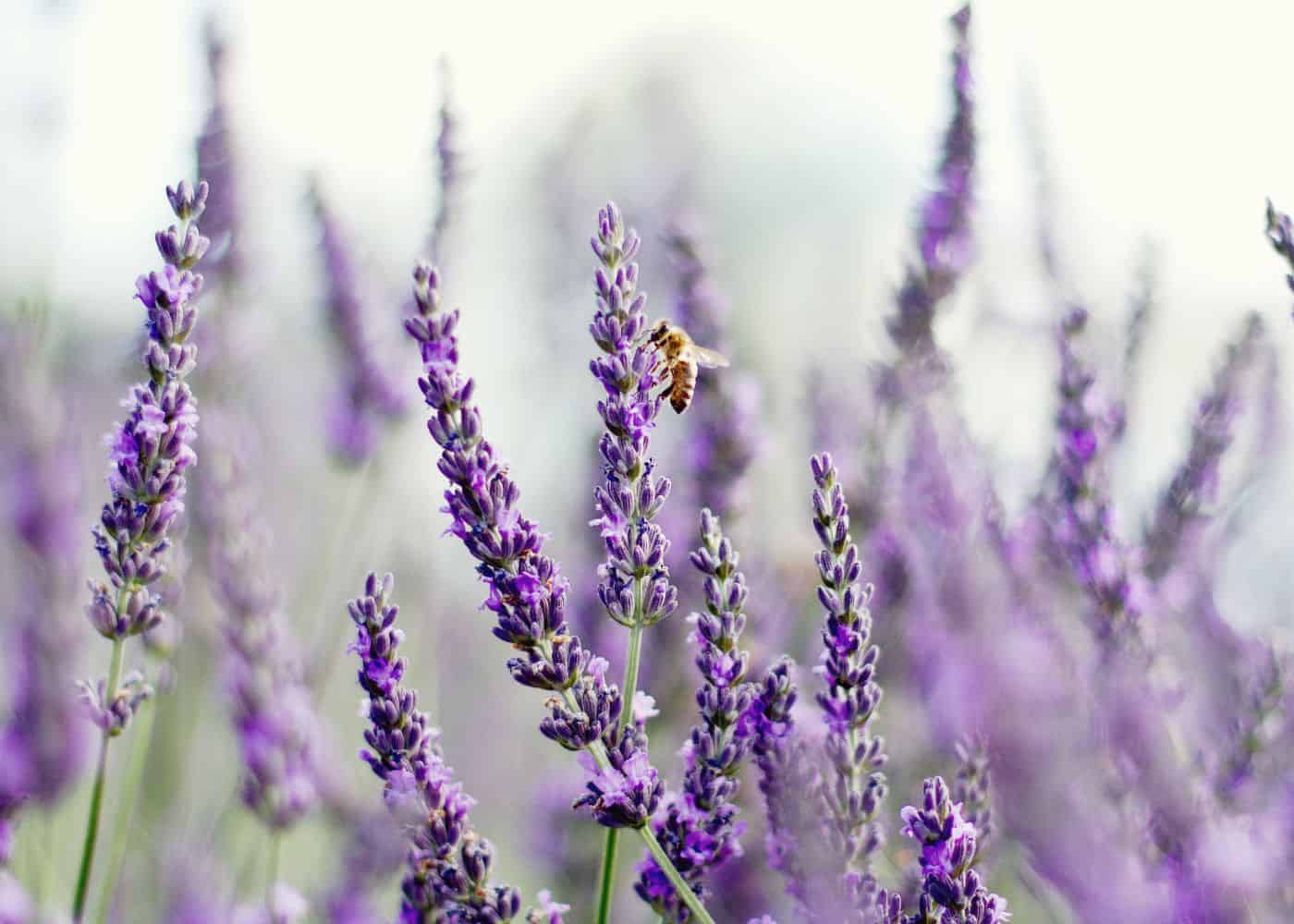
Planting lavender
Lavender can be planted from seed if you’re really patient. However, seeds can take a long time to germinate and require some care to achieve healthy growth.
I far prefer starting from nursery-grown plants to get them in the ground as soon as possible. Look for the strongest plants at the nursery with plenty of leaf growth and no signs of damage or disease. Don’t worry if there are few flowers at first – they will take off once they’re in the right spot in your garden.
Ideal growing conditions
Across the different species, lavender is quite versatile and can grow in most USDA Zones. English lavender has a few cold-hardy varieties to choose from, while French lavender usually prefers warmth more.
Check which variety grows best in your region before deciding what to plant. You can also grow any variety as an annual, but you’ll get far more out of these plants when you keep them in the ground or containers for a couple of years.
One of the most important environmental considerations to take care of is sunlight. Lavender needs a full day of direct sun to thrive, or it will become leggy and not flower. Also, choose a location with well-draining soil where water does not collect after rain. They prefer dry and well-draining soil over excessive watering, especially in summer.
I pay particular attention to drainage as I live in a summer rainfall area. This can quickly lead to rot and the development of fungal diseases, so I like to amend the soil well before planting or keep them in containers where I can protect the plants from excessive rainfall. If you live in a winter rainfall area, you’ve already got one component of care well-covered.
How to plant lavender
The ideal time to plant lavender is in spring after the threat of frost has passed. They can also be planted in early fall in warmer regions.
If you’re using a pot, ensure it has adequate drainage holes and is large enough to support the extensive root system. When planting in the ground, don’t worry about making too many amendments as long as the soil is slightly sandy and drains well.
Dig a hole twice the size of the root ball of your lavender plant. Place the plant in the hole, making sure the top of the root ball is level with the soil surface. Fill the hole with soil, firm it gently, and water thoroughly to help the roots settle.
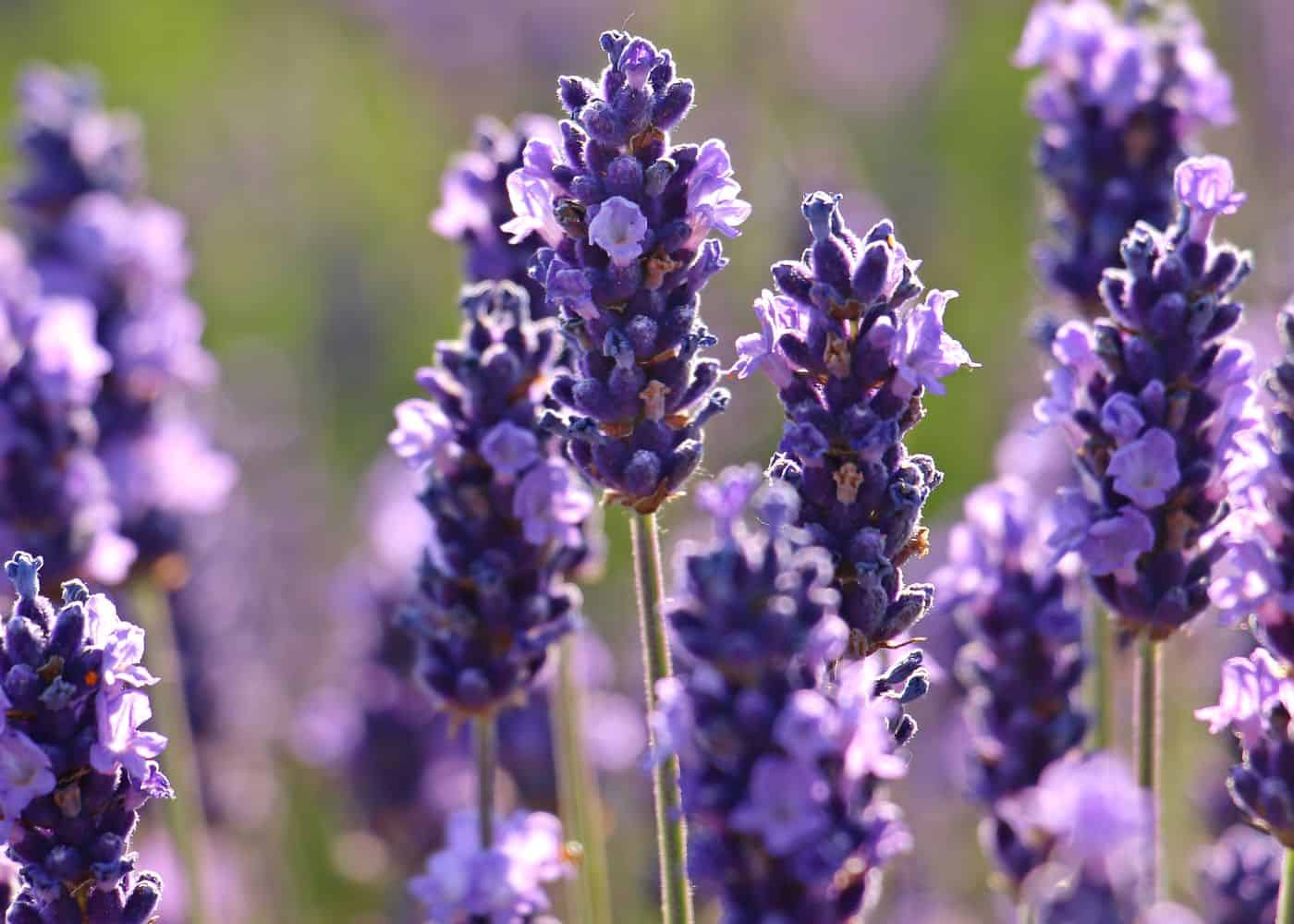
Lavender care
Once established, lavender is notoriously low maintenance. The trick is to replicate the conditions in their native habitats as much as possible while avoiding ‘loving them to death’ as my mother has done a few times.
Light
Lavender is a sun-loving plant that struggles in anything less than a full day of direct sun. Aim for a minimum of six hours each day, although more sunlight is always appreciated.
Insufficient sunlight can lead to weak growth, fewer flowers, and even a decrease in fragrance. When planting lavender, choose a spot in your garden that gets plenty of sunshine throughout the day. Avoid growing these plants indoors where light is not ideal unless you’re happy with leggy stems and few blooms.
Watering
While lavender is a hardy plant that can tolerate some drought, it does require regular watering soon after planting and in winter if it is dry for extended periods. But more importantly, you need to avoid overwatering at all costs as it can be detrimental to the health of the plant.
If you’re unsure when to water, it’s better to err on the side of underwatering, as lavender is more likely to suffer from too much water than too little. In particularly hot or dry climates, a deep watering once or twice a week may be necessary, while in cooler, more humid areas, less frequent watering is preferred.
Soil
Lavender needs well-draining soil to prevent the roots from becoming waterlogged. If your garden soil is largely clay, you’ll need to do some serious amending or stick to growing in containers or raised beds. Choose a potting mix suitable for succulents (I use a combination of equal parts potting soil and sand) to ensure adequate drainage.
Pruning
Pruning promotes bushier growth and a higher yield of flowers throughout the year. They can handle quite a drastic cutback and often come back much stronger than if they were just left alone.
When the plant begins to show signs of new growth in early spring, prune back about a third of the plant. Avoid cutting into the older woody parts of the stem. Instead, make your cuts above the green, leafy growth. Pruning annually stops the plant from becoming woody and sparse.
Lavender can be pruned as individual specimens or as a hedge. It can also be pruned into a small tree by selecting one central stem as a “trunk.”
Propagating lavender
Lavender is best propagated from cuttings, which can give you new plants genetically identical to the one you’ve got. It takes a while for new plants to grow into something resembling what you have in your garden, so be prepared to wait for your desired results.
Choose healthy stems to cut. Look for fresh, new shoots that are green and not woody. Ideally, you should take cuttings in spring or early summer. Each cutting should be about 5 inches long and taken just below a node.
Once you have your cuttings, remove the leaves from the lower half of the stem. Dip the cut end into a rooting hormone powder to further boost rooting success. While this step is optional, it can significantly increase the chances of your cuttings taking root. When taking softwood or hardwood cuttings, I always use rooting hormone to protect the cuttings and establish strong plants from the start.
Fill a pot or seed tray with a well-draining soil mix. Make holes with your finger and insert each cutting, firming the soil around them to ensure they stand upright. After planting, water the cuttings and place the pot in a sunny, warm location.
Cover the pot with a clear plastic bag or place it in a propagator to create a humid environment as an extra boost to root growth. If you’re using this method, remember to ventilate the cuttings daily to prevent mold growth.
The cuttings should start to form roots in under a month. Gently pull at a cutting to check for resistance, which indicates that roots have formed. Once the cuttings have rooted, they can be transplanted into individual pots filled with a well-draining soil mix. Once they have grown larger and stronger, they can be moved to their final location in the garden.
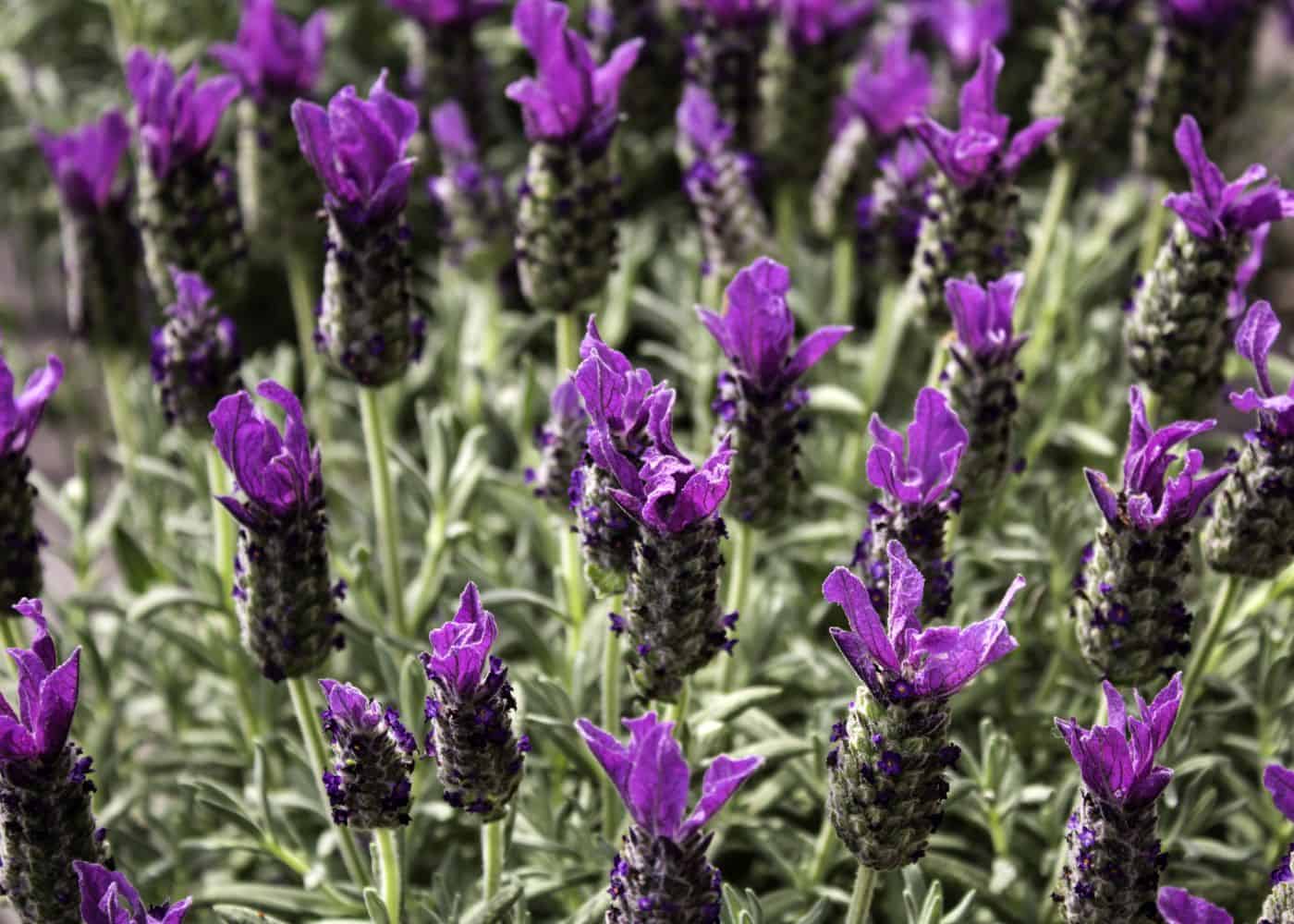
How to harvest lavender
If you’re growing lavender to enjoy it in the garden, that’s about where the story ends. But if you want to use your lavender blooms indoors for their edible benefits or aromatherapy, you’ll need to harvest the flowers first.
Lavender flowers in late spring to early summer. Simply cut the stems above the foliage, ideally early in the morning when the essential oils are strongest.
Lavender uses
Lavender has a distinctive taste that can be quite controversial. It is floral and potent, so it’s best used in moderation, fresh or dried. Flowers are often used in desserts and not just as decoration.
But lavender is most well-known for its soothing scent. It’s widely used in aromatherapy for relaxation and stress reduction. Make your own essential oils in diffusers, bathwater, or pillows to promote a good night’s sleep.
Interestingly, while people find the smell of lavender pleasing, many pests do not. Planting lavender around your garden is believed to help deter some garden pests while attracting beneficial ones like bees and butterflies.
Companion planting with lavender
Lavender isn’t just a pretty face in the garden; it’s a valuable companion plant that can enhance the health and vibrancy of your entire landscape. With its fragrant blossoms and natural pest-repelling properties, lavender plays an essential role in promoting biodiversity and maintaining a thriving garden ecosystem.
Lavender as a natural pest repellant
One of the standout features of lavender is its ability to deter unwanted pests naturally. Its aromatic oils, which give lavender its signature scent, act as a natural repellent for insects like aphids, moths, and mosquitoes. This means fewer insect problems for your entire garden, making it a win-win for both you and your plants.
I’ve found that planting lavender near vegetables or fruits can help protect them from aphid infestations, allowing my garden to thrive without the need for harsh chemical pesticides. Plus, the sight and scent of lavender in bloom create a serene and inviting atmosphere in any landscape, making it an attractive choice for gardeners like me who value both form and function in their green spaces.


